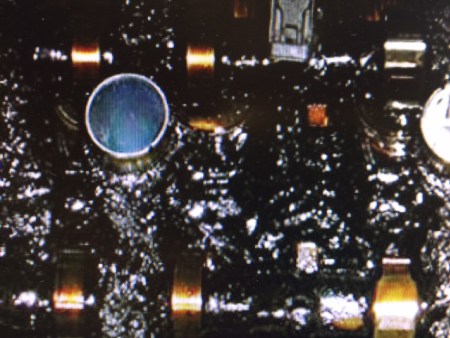How Engine Sludge Forms. And How To Prevent It. Ed Newman|Mar 08, 2017 2:10 PM Sludge. It’s a disgusting phenomenon. Even the word sounds gross, like the thing it’s describing. The word for this is onomatopoeia, a strange word that many of us learned in high school English class. Splash. Grunt. Whoosh. Swish. Hiss. Frumpy. […]
You are browsing archives for
Tag: oil
Outboard Synthetic 2-Stroke Oil Keeps 19...
Outboard Synthetic 2-Stroke Oil Keeps 1974 Evinrude Running Str So many variables determine the life expectancy of an outboard motor that it’s hard to predict with any accuracy how long an outboard motor will run. But almost anyone would agree that a 1974 Evinrude that is still performing well in 2017 is unusual. If you’re […]
Why are We Tearing Apart this Indian Sco...
Why are We Tearing Apart this Indian Scout? (Plus, Check Out this New Product now in Sioux Falls) John Baker|May 01, 2017 1:28 PM Motorcycles occupy a prominent place in our national lore. The V-twin engine, one can argue, belongs in our menagerie of quintessentially “American” items, right next to the bald eagle, the Liberty […]


